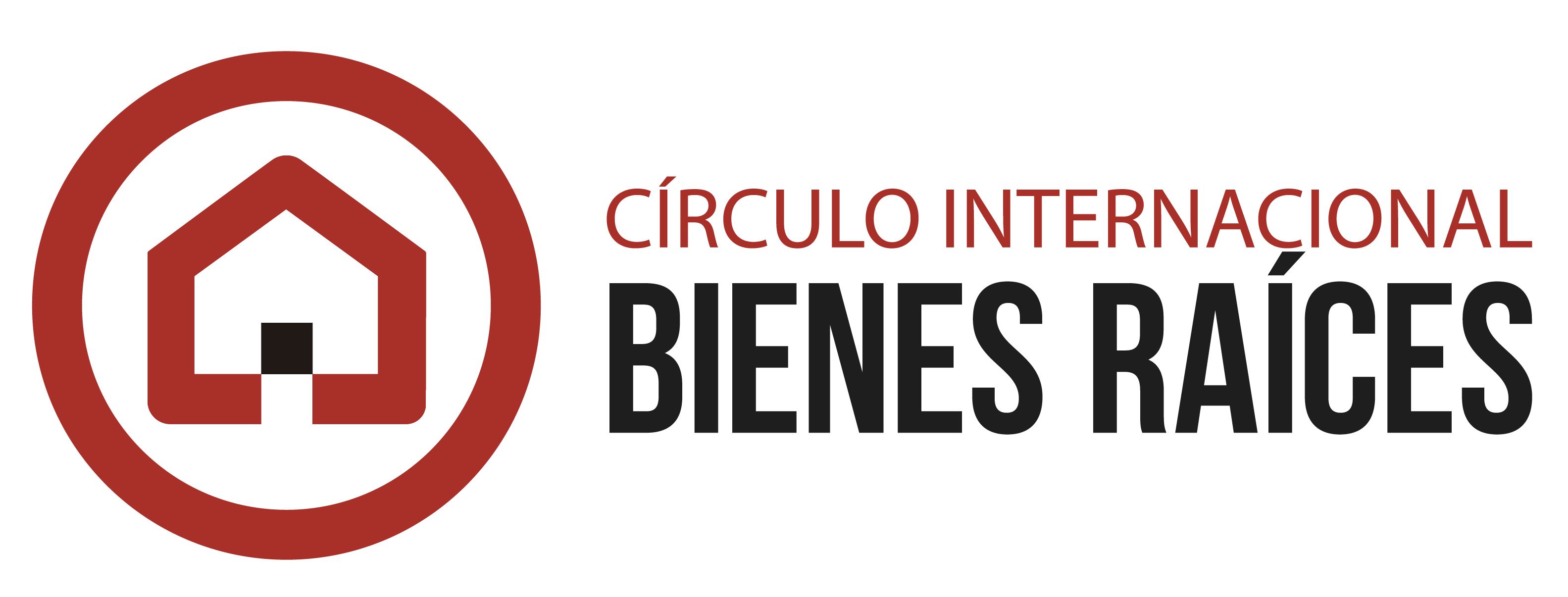25 Feb Programming in Swift: Benefits of This Popular Coding Language
It doesn’t prevent programmers from writing bad code, but rather makes it less likely to make mistakes. Swift may not be as developed or as supported as older languages, leaving some new to the language needing some additional resources. There’s a bit of a learning curve for many veteran programmers who might be used to more established programming languages like Objective-C. We can all agree that the developer community plays a massive role in advancing and maturing programming languages and development tools. When developers work in the same language, they offer each other the support needed to tackle challenging tasks. Swift, created by Apple and exclusively for Apple, is currently one of the fastest-growing programming languages out there.
- In the grand scheme of app development, Swift is making waves with its modern approach, clean syntax, and safety mechanisms.
- Apparently if you have chosen all of the above – you are 100% correct, all of the mentioned languages are of use when it comes to iOS development.
- In the swift-moving currents of technological innovation, each passing year ushers in a new wave of devices and digital solutions.
- And the language itself does not help developers very much in solving these problems.
- Whereas the newest programming language, Swift, provides a lot of benefits and a more modern way of coding.
- The threshold for entering object-oriented programming is quite high, and for beginners, it becomes a real challenge.
Using Swift, you can prevent a large number of crashes and speed up the development. Connect with your users or clients on all platforms and devices using a custom mobile app created by SaM Solutions. Make your services or business accessible at your clients’ fingertips with mobile app development from SaM Solutions. Swift also provides various speed advantages during development, in turn, saving on costs. A complex object sort, for example, will run 3.9x faster than an implementation of the same algorithm in Python.
Which UI technologies do you regularly use for your Swift code?
As Swift is a more complex language and more feature-rich, it is harder to ensure that everything is exact. For now, the Swift source code has been adjusted with each version update. On the other hand, Apple has mentioned that they are currently working on this factor and expect to offer a solution in 2019.
They fit perfectly in your industry, technology, and company culture. Regarding the ease of UI development, Apple has introduced SwiftUI. This UI design tool built into Xcode 11 runs with iOS 13 (or newer, when it comes). Xcode is integrated with Cocoa and, what’s even more important here, Cocoa Touch — environment for application development you will use for iOS.
Objective-C or Swift?
The inherent compatibility between Swift and Objective-C is indeed a remarkable demonstration of Apple’s commitment to fostering a cooperative Swift vs. Objective-C development ecosystem. The goal here is not just to choose between Swift and Objective-C but to understand how each can best serve your specific development needs. Both Swift and Objective-C are extensively used for developing iOS and macOS applications. It is designed so that a newbie in programming can easily get started. It has a very steep learning curve, and not everyone can master this language. The main feature of Swift is its simplicity; even a novice programmer can master this language.
Swift does away with the need to import essential header files to write a single line of code.
Instead of writing code directly, you can indicate a desired behavior by calling the function using a function pointer. In Swift, closures and nested functions are closely related, allowing closures to access values from the enclosing functions. The automatic garbage collector in this system runs concurrently with the application code, using a generational model to prioritize memory zones likely to contain garbage. It can handle objects and C memory blocks allocated with specific functions.
So, it was decided to arrange another challenge for developers by introducing a new iOS coding language called Swift. Due to several key features, Swift has the potential to become the only preferred programming language for creating engaging, flexible, consumer-friendly applications. Understanding the basics of Swift is important, but don’t overlook the benefits of spending time with Objective-C.
On the other hand, Objective-C’s code structure can be quite complex, requiring heavy use of symbols like “@” and semicolons, as well as parentheses for conditionals. They enable returning multiple values from functions as a single entity. Unlike C language, where pointers or structures are used, Swift simplifies returning multiple values. These solutions and libraries are unlikely to be rebuilt from scratch with a new language. This is the only reason why Objective-C is better than Swift to some extent. Thus, Swift is not going to replace Objective-C, especially at this stage.
On the other hand, since Swift is an open-source language, it’s extremely easy to find tools provided by third-party companies and contributors for this language. Moreover, Apple gives you a wide range of tools for enhancing your development performance. Recently they have announced tools like PencilKit supporting Apple Pencil, SiriKit supporting third-party apps with Apple’s assistant, https://www.globalcloudteam.com/ or MapKit increasing the possibilities of UI adjustment. They are both native iOS languages so there’s no need to worry if your application will look and work flawlessly. The biggest difference is in iOS compatibility and the ease of UI development. Xcode provides you with Software Development Kits that give virtually everything you will need for iOS app development.
With dynamic typing, variables can hold references to unknown objects at runtime. On the other hand, static typing allows developers to specify object types when they are certain. This feature has made Objective-C a popular language for iOS app developers.
Swift adds language features that make developers’ code safer, faster, more reliable, and more predictable compared to Objective-C. This event caused the revolution in software development and gave the impulse to a new generation of developers. That was a real challenge for many of them to develop apps on Objective-C because they had had no experience with it before. Despite its popularity, only 5 percent of developers use Swift [4].
The APP Solutions team developed an iOS mobile application for this project based entirely on Swift. In fact, many developers were dissatisfied with Objective-C at that moment, and this has given rise to many attempts to write iPhone apps in other programming languages. Even if coding process with all of its hi-tech features seems to be a rocket science to you, the more simple and progressive approach Swift has brought can’t go unnoticed. On the flip side though, there are a few things about Swift that some might call disadvantages, e. Must use of Xcode as a primary integrated development environment; some developers complain they would better use third-party IDEs that have surpassed Xcode in stability and features. Hence, in Swift coding, unified memory management developers should not give attention to each digital object, but rather concentrate on the general logic of the application and its features.
It is this vulnerability, this susceptibility to unforeseen errors, that can create substantial headaches for developers. In the Swift vs. Objective-C comparison, it is this Achilles heel that could tip the scales in Swift’s favor. As we immerse ourselves in the comparison of Swift vs. Objective-C, yet another feather in Swift’s cap is its use of Automatic Reference Counting (ARC). ARC is an automatic overseer, meticulously managing an app’s memory usage. However, as we further explore the vast expanses of the Swift vs. Objective-C narrative, it’s crucial to remember that each language has been designed with a unique set of goals and principles. Swift, with its modern features and streamlined processes, undoubtedly presents an exciting opportunity for developers.
Also, note that Swift and Objective-C do not conflict with each other. In the case of a scalable product, you can have different parts of the application written in two programming languages. In general, Objective-C is mainly used to support scalable applications that were originally written in this code. It has higher-order functions, functions as values, nested functions, closures, anonymous functions, and other functional programming attributes.


Sorry, the comment form is closed at this time.